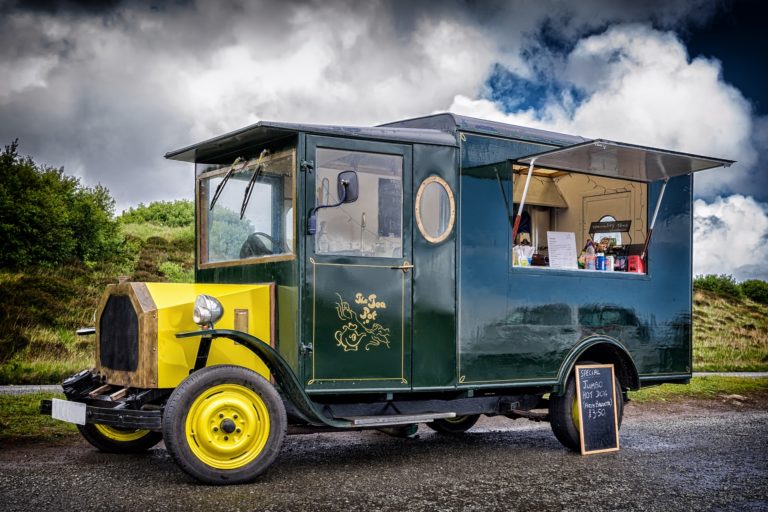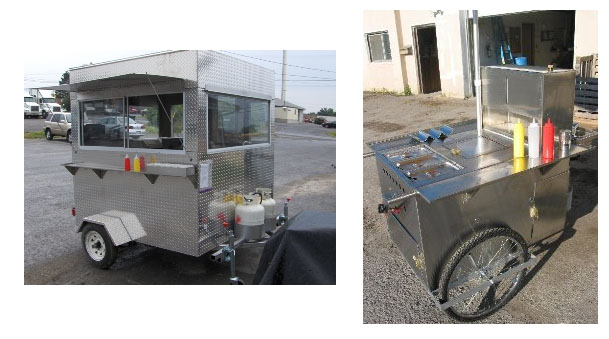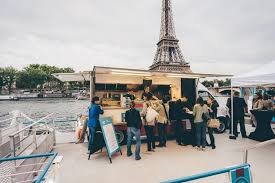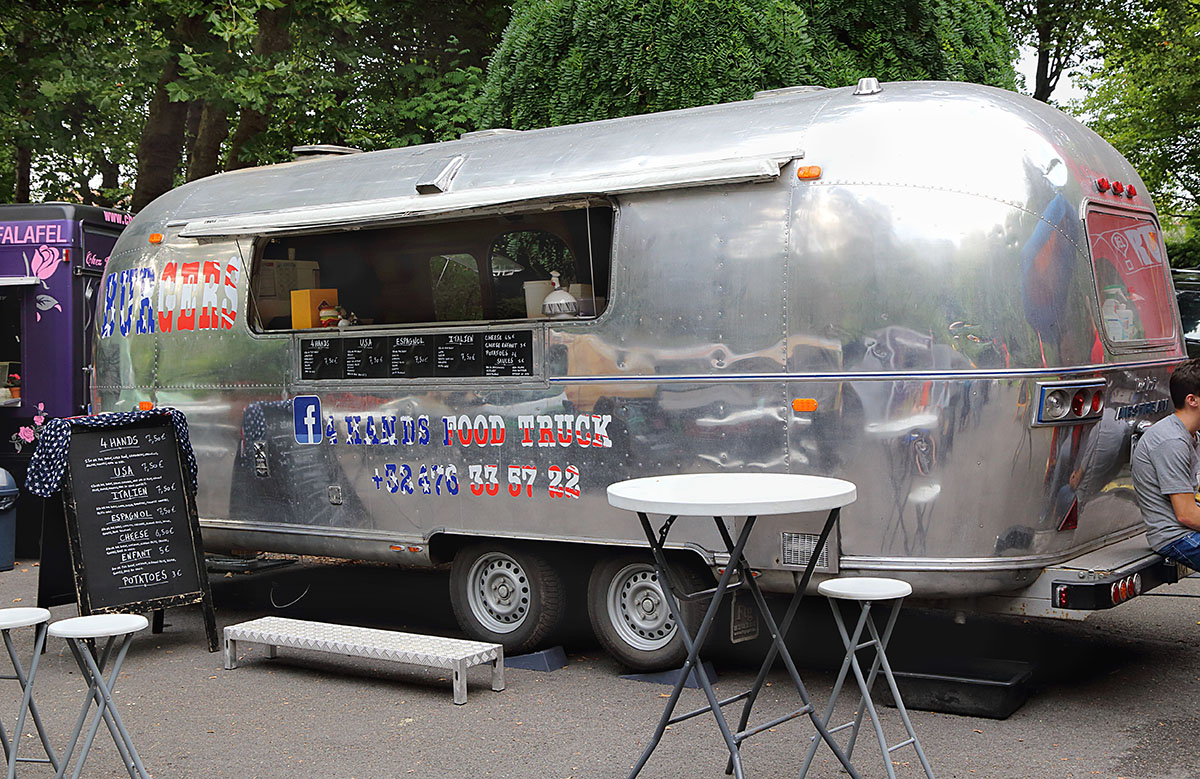
Growing up in England during the ‘70s and ‘80s I became familiar with the greasy burger van or the hot dog stall. As a teenager a group of us would visit Birmingham city centre on a saturday afternoon and often end up with a limp hot dog smothered in onions and mustard from the guy with the trolley at the top of Corporation Street. This was in the days before the Golden Arches had invaded or before burger vans had become sophisticated, shiny Airstreams.

Street food has been with us forever. Whilst at the Colosseum Romans used to eat salted peas and a flat bread – perhaps a precursor to today’s pizza? But over the past decade, particularly in Europe, street food has seen an explosion with increasingly elaborate food trucks on display.
I realise that in the USA food trucks are a common sight, especially in heavily populated business centres. Take a walk along Wall Street there’s everything from fresh juice to Thai, Greek and Indian. I understand Hanover Square is the place to go. But I am writing this from the South of France where things are a little, dare I say, backward.

In Paris, as with most capital cities, most forms of food are available and food trucks are definitely featuring heavily. But France is a nation of chefs and food trucks are now becoming the new chic. French chefs are making burgers “gourmet” with Comté cheese and goat cheese with honey. They are using artisanal meat suppliers and grinding their own mince. The other Parisian passion is ice cream and this is fast becoming the new “sexy” with names like “Black Sugar Sex Magic” – a blend of dark chocolate, wasabi and ginger.
Moving south towards the Auvergne region you can dine on Michelin quality fare, such as à langoustine risotto with mountain garlic and a langoustine shell reduction, in the comfort of a double decker bus. “Le Bus” travels around the region giving the opportunity to people from different areas to enjoy this unique experience.
You know food trucks have arrived in France and are here to stay when the food-renowned city of Lyon hosts an annual food truck festival. Since 2016 this four day festival is a gourmet’s heaven! According to the organisers of the festival it “aims to open up the frontiers of gastronomy by offering its audience a perfect balance between destinations and chefs that we challenge to leave their comfort zone”. Combined with concerts and street art the festival offers around 100 food trucks, including bar trucks. Unfortunately for 2020 the festival has been postponed until 2021.

As much as the food it is the trucks themselves that are starting to attract attention. Gone is the dirty, greasy burger van of my youth. Now we have vintage vehicles custom fitted with the latest equipment, former public service busses with shiny black retro-futuristic bodywork. And, of course, the ever present Airstream is making its appearance here in France.The only issue with the Airstream is the need to change the towing gear and running gear to make it compatible with European regulations.
But there is now a whole separate industry customising and manufacturing food trucks. You can even order a Chinese Airstream! Prices for a top of the range customised retro food truck can be as high as 100,000 Euros, it would not cost you that much to buy my restaurant!
As I have shown the food truck has evolved and is now very much a fixture of city streets but what of the future. It is my firm belief that the dining experience is changing rapidly at present. With the current Covid crisis restaurants are being ordered to close, take away food is becoming the new normal and the one advantage that food trucks have over restaurants – mobility.
When the offices on Wall Street closed the food trucks lost their client base literally overnight. The enterprising ones got behind the wheel and moved their operation to the suburbs, often spending one or two days in a neighbourhood before moving again only to return the following week. For this chef the appeal of the Truck is strong and I hope to write a future article on setting up a food truck business in France.